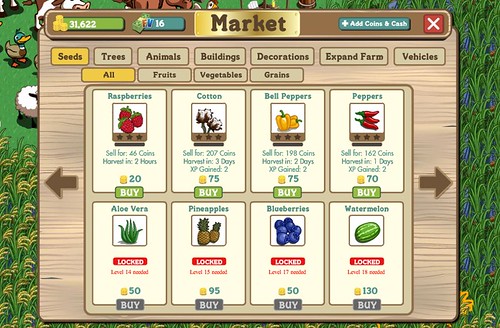Ever see someone try to copy a successful person? Not in the literal copy/paste sense, but in the “I’m going to be just like him/her!” I can’t begin to enumerate the number of times that I’ve seen this, in business, in martial arts, in gaming, in everything. I read Twitter and see people aspiring to be just like Robert Scoble or Chris Brogan or Steve Rubel. I go to martial arts seminars and see people aspiring to be just like Masaaki Hatsumi or Stephen K. Hayes. I listen to chatter in World of Warcraft where hundreds of people daily talk about joining the top raiding guilds like Ensidia, Premonition, Halcyon, and so forth.
None of these people will succeed. Not one of them.
Why can’t you copy these people? Why can’t you achieve the same success they have if you do the same things they do, or use the same gear they do?
You’re not them. That’s why.
So what if you want to achieve their levels of success? How do you do that if you can’t be them? You have to decide instead to model their outcomes. Here’s an example. Instead of saying that I want to be just like Stephen K. Hayes in martial skill, it’s more productive for me to say that I want to achieve the same outcomes as him on both a macro and micro scale. I’ll look not necessarily just at what he does in a technique to make it work, but also at what the outcomes are on his training partner – loss of balance, inability to counterattack, a fall at a certain angle.
What’s the difference? By focusing on outcomes, I know what capabilities and skills I have that can generate those same or similar outcomes. See, I don’t have Stephen K. Hayes’ skills or abilities, so for me to just try to mimic and copy him will only result in failures for me, or sporadic successes at best. By focusing on the results I want to copy, I have a better chance of making them happen because I know what my capabilities are with my own skills and abilities, and I know what combinations of my skills and abilities can create those outcomes.
For example, Stephen K. Hayes may be able to unbalance someone simply by virtue of his position relative to them. My level of skill in positioning isn’t nearly as good, but I know I can achieve a similar effect by punching someone in the face in a certain way. The techniques and minutiae are different, but the outcome – a person falling backwards in a certain direction – is the same, and if the technique’s success is contingent on that person falling backwards just so, we’ll both achieve success. Mine requires more compensation for skills I don’t yet have, but the outcome is the same. The success is the same.
It’s important to keep in mind that some results I won’t be able to get to with my current skill set, no matter what, in the same way that my general understanding of physics will not, no matter how creative I am with my skills, get me to a point where I can create a particle accelerator in my backyard next week. I can, however, figure out what results are part of the pathway to that end result that are within reach now and start working on those.
Think about this in your own quest for success, and when you encounter a roadblock, rather than try to merely copy the person who has achieved the success you want, look at their outcomes and which outcomes you can achieve with your own tools, abilities, skills, networks, and power.
Did you enjoy this blog post? If so, please subscribe right now!



Enjoyed it? Please share it!
Get this and other great articles from the source at www.ChristopherSPenn.com






